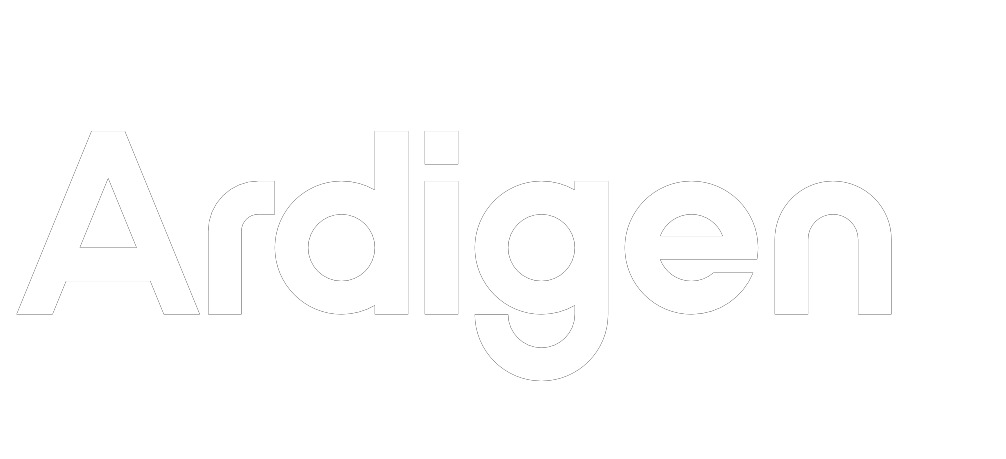Summary: In a recent publication, researchers explore the phenotypic effects of genome-wide perturbation across thousands of druggable protein targets using high-content imaging.
Understanding how changes in gene expression affect cellular functions is a fundamental challenge in biology. The JUMP Cell Painting Consortium has created a large-scale dataset that provides researchers with an unprecedented opportunity to explore gene function through high-content imaging. A team of researchers from the Broad Institute, Ardigen, and other organizations in the JUMP-CP Consortium led a study to map the hidden functions of over 15,000 human genes based on JUMP-CP data. The results of this monumental effort are described in a paper “Morphological map of under- and over-expression of genes in human cells”, published recently as a pre-print on bioRxiv.
By perturbing the whole druggable proteome and beyond in U-2 OS cells, the team generated thousands of single-cell images that reveal how changes in gene expression alter cellular morphology and function. This dataset serves as a powerful resource for identifying gene interactions, studying disease mechanisms, and developing new strategies for target identification.
Novel morphological insights
One of the key strengths of the JUMP-CP dataset lies in its dual approach to genetic perturbation. The project overexpressed 12,609 genes and employed CRISPR-Cas9 to knock out 7,975 genes. In total, 15,243 genes were perturbed by overexpression, knockout, or both. This comprehensive strategy allows researchers to compare the effects of increasing and decreasing gene activity, providing a richer understanding of gene function. The analysis of these morphological profiles has already revealed novel gene clusters and functional relationships, including those related to mitochondrial function, cancer progression, and neural processes.
The scale and depth of this dataset make it an invaluable tool for the research community. Scientists can leverage the data to identify genes involved in specific biological processes, discover unexpected genetic interactions, and examine cellular responses to genetic modifications at an unprecedented resolution. Because the dataset is publicly available, it supports collaborative exploration and accelerates the pace of discovery across multiple fields, including genetics, drug development, and cell biology.
Public resources for exploring the JUMP-CP dataset
To facilitate access and analysis, the Broad Institute and Ardigen have developed online portals for exploring the JUMP-CP dataset. The Broad Institute’s JUMP Cell Painting Hub provides a web-based platform where researchers can search for genes with similar morphological profiles, view corresponding images, and examine distinctive features relative to negative controls. This tool is particularly useful for interpreting image-based phenotypes and identifying potential technical artifacts. Additionally, the hub offers guidance on integrating these profiles with the web-based data visualization and analysis software Morpheus, enabling users to interact with phenotypically active ORF and CRISPR genes through downloadable datasets.
Ardigen has developed a complementary tool: the phenAID JUMP CP Data Explorer. This web application allows researchers to view images and metadata for each genetic perturbation and retrieve the 100 nearest neighbors for a given gene. To ensure a user-friendly interface and intuitive interpretation, phenAID employs the UMAP algorithm with Euclidean distance, combined with BIRCH clustering, to project ORF and CRISPR profiles into a shared two-dimensional space. This approach provides a distinct way to visualize and interpret gene relationships within the dataset.
Significance and impact
The JUMP dataset has some limitations: the study tested 15,243 genes, meaning some areas of the genome remain unexplored. Furthermore, the experiments were conducted in a single cell type (U-2 OS) from a specific demographic, so the findings may not be universally applicable. Nevertheless, such a rich reference dataset enables reliable and refined follow-up analyses within specific disease models, using tools such as Ardigen’s phenAID platform.
The JUMP Cell Painting dataset represents a major advancement in functional genomics. By making this extensive dataset freely available and providing accessible tools for exploration, the consortium is enabling researchers to uncover new insights into gene function, cellular behavior, and disease mechanisms. As scientists continue to mine this resource, it promises to drive new discoveries and enhance our understanding of human biology. If you are curious to explore this data, reach out to us to tap into Ardigen’s expertise on this topic.




